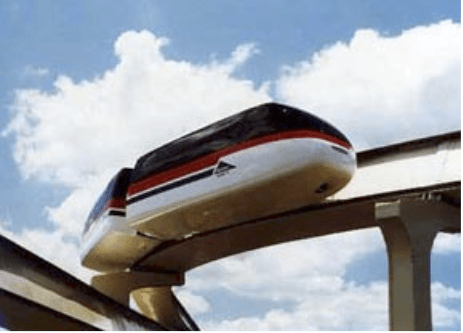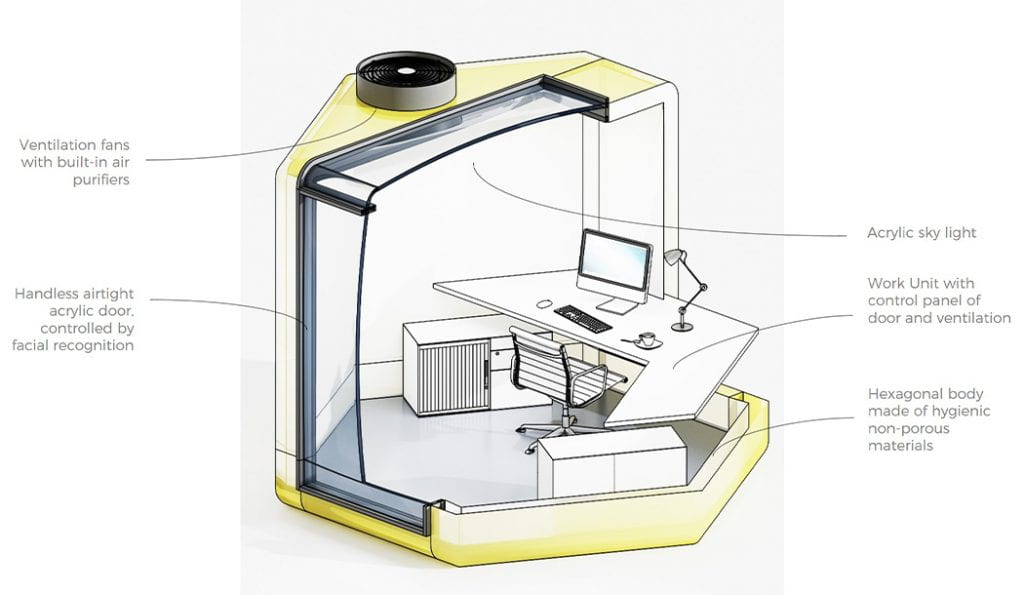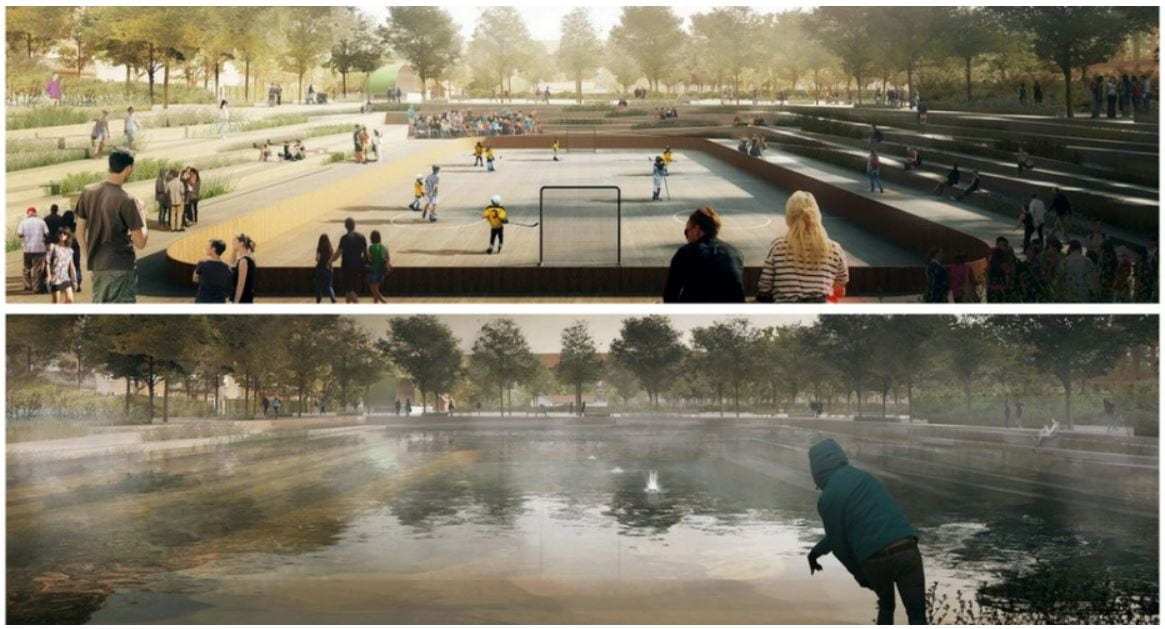Charleston, South Carolina, Futrex inc.
faculty.washington.edu

A concept thought of before the 1980s. Flyda developed and designed the idea of a heightened track system. Out of the way, these trains would be able to cruise through inner cities. It poses a public transit alternative for dense cities with already overcrowding public transportation systems that can’t be easily retro-fitted to handle safety and heatlh requirements. It could also be envisioned in combination with sanitation technology and separate seating pods.




